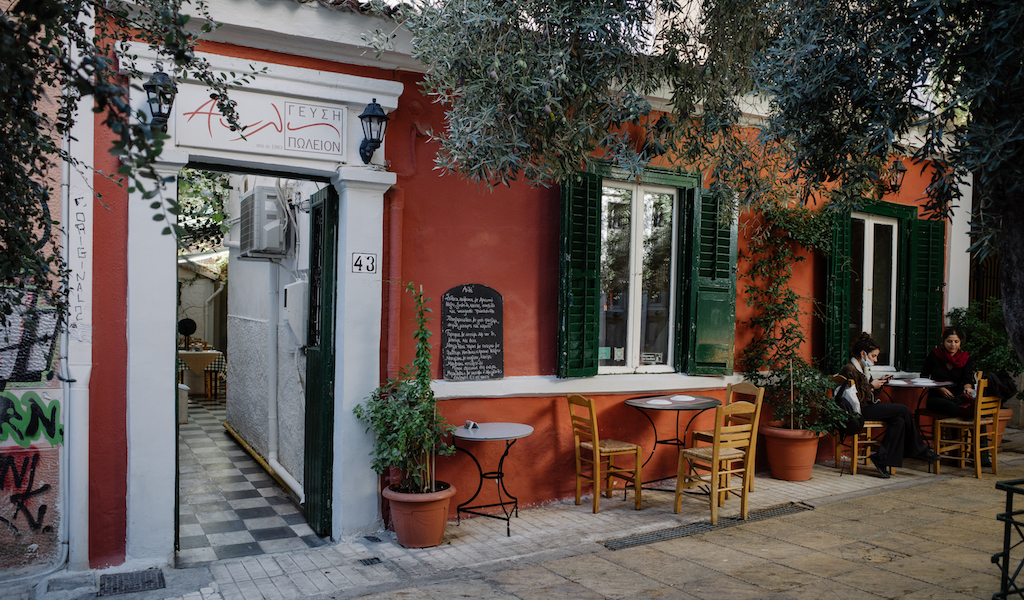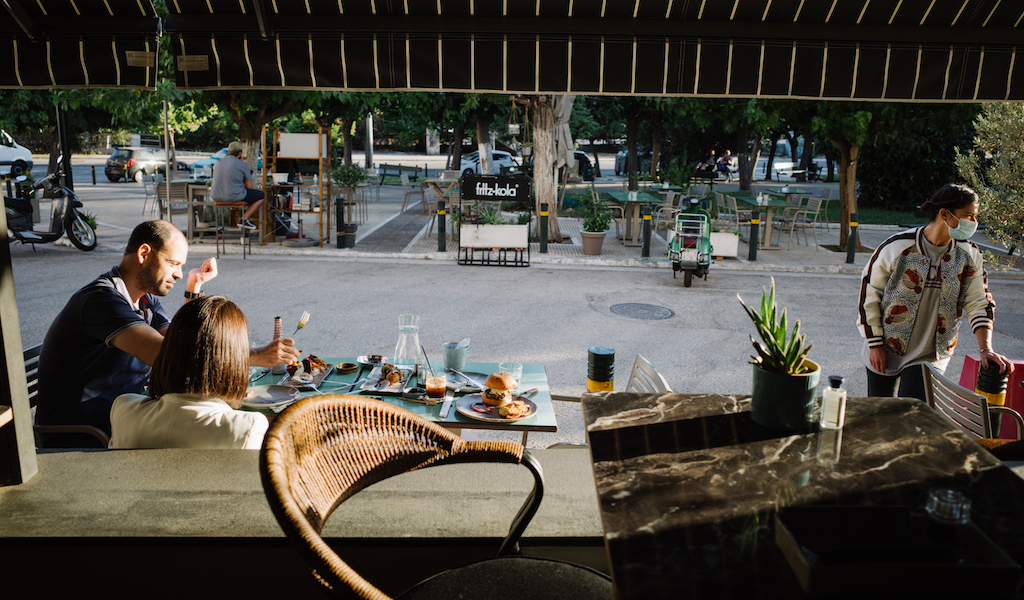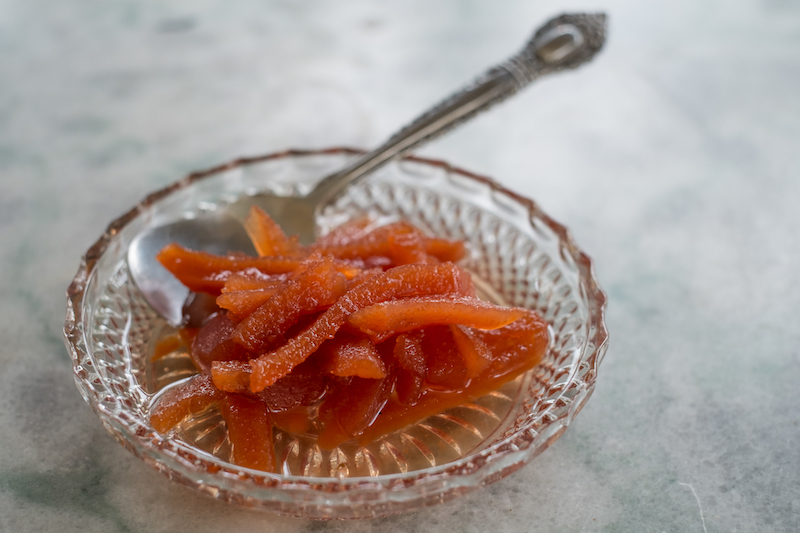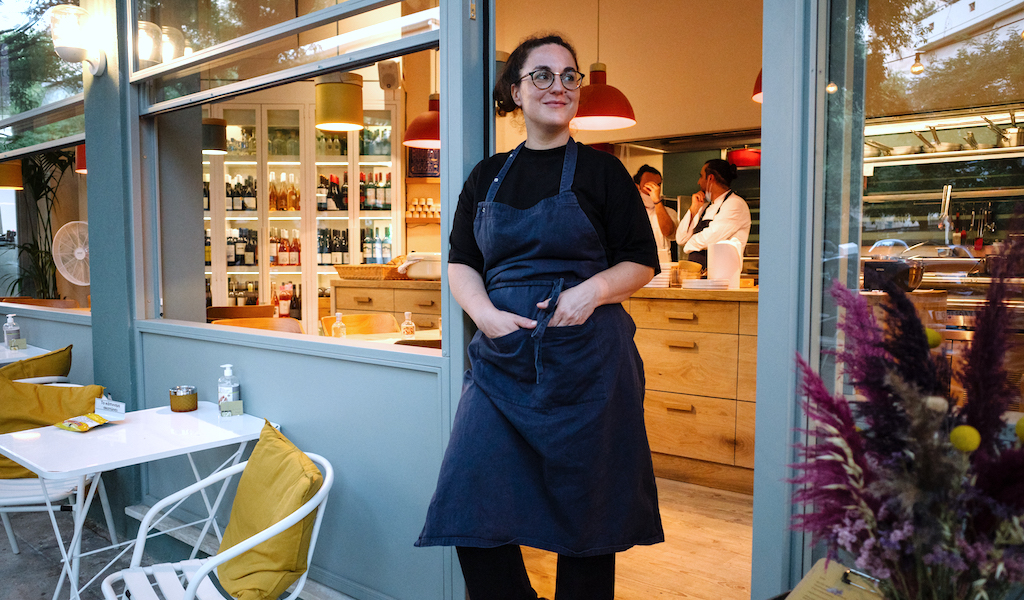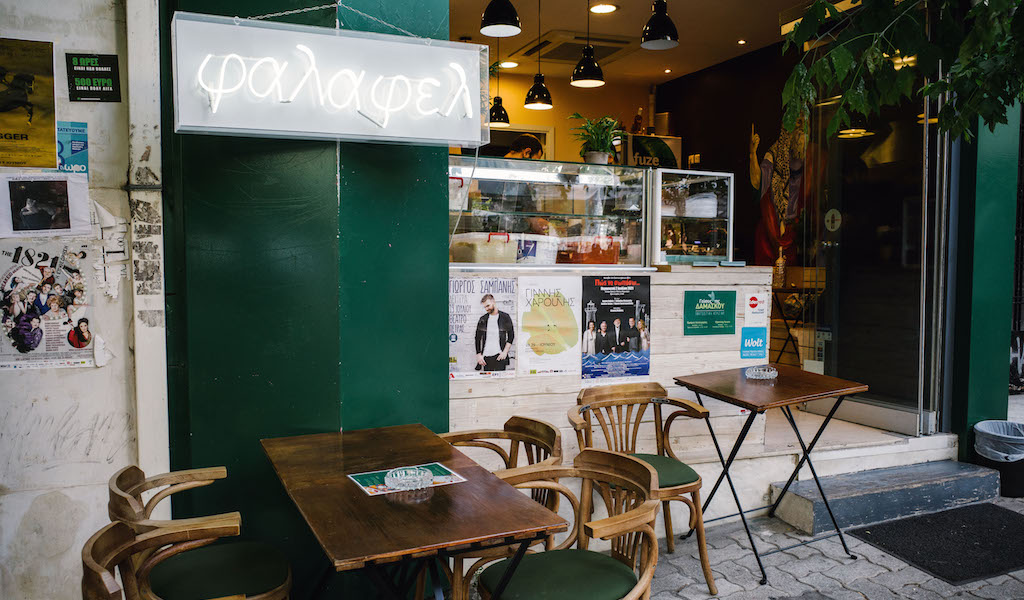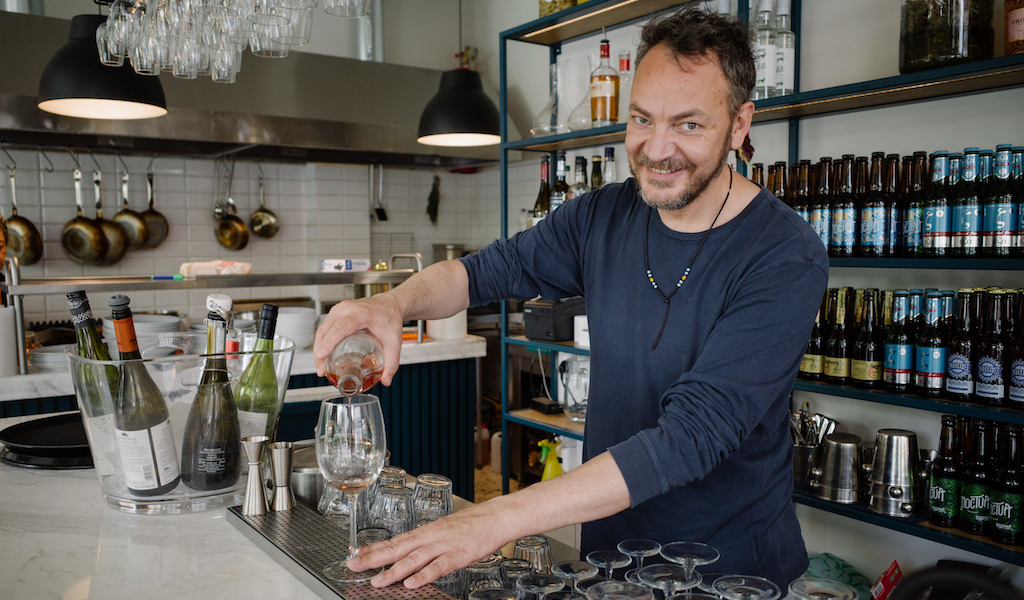We can't find the internet
Attempting to reconnect
Something went wrong!
Hang in there while we get back on track
Search results for "Carolina Doriti"
Athens
Avli: Shelter from the Exarchia Storm
For over a century, the dense downtown Exarchia neighborhood, located near the National Technical University and the Law School of Athens, has been deeply connected to the city’s students. Greece’s first student revolution took place there in 1901, resulting in the resignation of both the leading government and the Archbishop of the time. Since then, Exarchia has maintained its revolutionary spirit, displaying its most prominently during the Athens Polytechnic uprising against the military junta that ruled Greece from 1967 to 1974. An everlasting sort of vendetta has remained between the student population of Exarchia and the police – often with dramatic results. Everything is recorded on the walls of the neighborhood, in the form of mostly political graffiti that covers any reachable surface, as well as many seemingly unreachable ones.
Read moreAthens
ParkBench: Hidden Treasure
Before we start this story, we must first explain the role of the platia in Greece. Platia (πλατεία, pronounced pla-tee-ah and sometimes spelled plateia) means “plaza” in Greek, and can refer to a central town square or a small neighborhood square. All ages meet at the platia: babies in strollers, loud children running and playing like there’s no tomorrow, teenagers having their first smoke or kiss, parents, grandparents, cats, dogs! These squares are to be found all around Greece, even in the most remote village. The role of the plaza in an Athenian neighborhood is even more vital and precious. It preserves the idea of a neighborhood, where everyone gets to know each other and share something in common.
Read moreAthens
Building Blocks: Preserving Greece’s Spoon Sweets Tradition
A guest arriving at a Greek home should expect an overwhelming array of traditional welcoming treats that will be presented upon their arrival, from coffee and cookies, to cakes, homemade liqueurs, loukoumi and more. But there’s one sweet something that has long been linked with hospitality and welcoming in any proper, traditional Greek home: glyko tou koutaliou, or “spoon sweet,” a type of fruit preserve whose roots go way back to ancient times. For centuries, preservation was a necessary part of the harvest – it was the only way to make excess fresh fruits and vegetables last for as long as possible.
Read moreAthens
Annie - Fine Cooking: Love at First Bite
In the summer of 2020, a close friend of Ioli Vrychea and Panos Stogiannis – Athens restaurateurs with plans for a new spot – arrived at the Tainaron Blue Retreat on Greece’s southern Mani peninsula. He sat down at the hotel restaurant and, after quickly falling in love with the meal he’d been served, knew he had found the chef Ioli and Panos were looking for. The friend was so enamored that he convinced the pair to make the drive down south to Mani to introduce them to the person who made the food, Stavriani Zervakakou, a 40-year-old chef with roots in Mani. The bond was instant. She quit her job at the resort and made the move to Athens.
Read moreAthens
Tastes of Damascus: Falafel With a Cause
For Marina Liaki, Greece had long been a holiday destination, a place to visit family, soak in the sun and practice her Greek. So it was a shock when Marina, who is half-French, half-Greek and grew up in Paris, volunteered at a temporary refugee camp in the port of Piraeus in late 2015. The Syrian war was at its peak, and large numbers of refugees where coming over by sea every day. “It was so strange seeing the port of Athens, which I had always connected to careless summer holidays, in such a state,” she recalls. It was there, in January 2016, that Marina met Hasan Hmeidan, another volunteer who was originally from Syria but had moved to Greece with his family when he was five years old.
Read moreAthens
Tzoutzouka: Kitchen of Love
The pandemic hit Athens, in early 2020, at a time of transition for Antonis Liolis. With many years’ experience in the food and beverage industry – after working in popular Athenian bars he went on to own a bar of his own and later two Thai restaurants, one in the Petralona neighborhood and the other on the island of Serifos – he was plotting his next move, and the first lockdown gave him time to think and dream and plan. Feeling nostalgic for his mom’s cooking, Antonis ultimately decided to focus on Greek cuisine. So he went on the hunt for a cook and the right location for his new restaurant, to be named Tzoutzouka (τζουτζούκα, a slang term for a woman who is cute, sweet and loveable).
Read moreAthens
CB on the Road: Thessaloniki's Infinitely Delicious Pie
Like so many other Greek specialties, bougatsa has a long history, in this case one that stretches all the way back to Byzantine times. Bougatsa is mainly a breakfast pie with a phyllo pastry made of flour, softened butter and oil that requires a great deal of skill to prepare. This pie is made and enjoyed all around Greece, but particularly famous are those made in northern Greece, especially in Thessaloniki and Serres. Turkish börek is a close relation, and similar pies are traditional to many eastern Balkan countries that were formally part of the Ottoman Empire. The tradition of bougatsa making really took off around Greece in the early 1920s with the arrival of the Greek refugees from Asia Minor and Cappadocia.
Read more